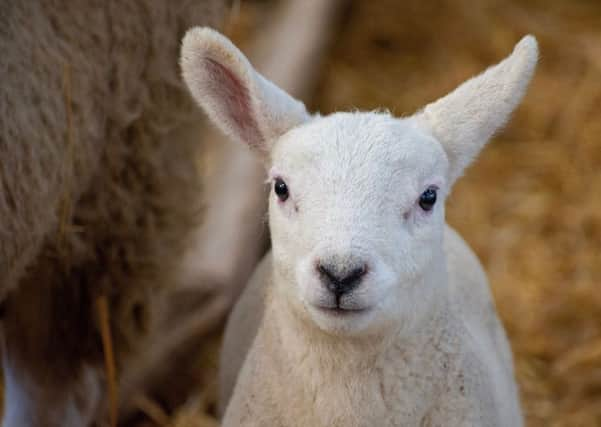Weather makes such a difference to farmers


I’ve done the first of this season’s bull fertility testing. It’s easy to be disappointed in autumn when cows are found to be empty. A fit bull with good legs and feet, plus libido and an ability to serve cows with healthy, defect-free, semen, is a good start.
Cows are being split into their bulling groups and will need feeding to gain weight. Any that had a difficult calving, retained cleansings or twins can be checked for infection.
Advertisement
Hide AdAdvertisement
Hide AdWe have had a big drive on trying to detect and eradicate BVD (bovine viral diarrhoea), but cows need to be covered with the BVD vaccine prior to bulling to stop persistently infected (PI) calves.
Lambing generally starts in December and finishes in June. For the majority of clients it is finished or well under way and has been relatively easy. Dry weather makes a huge difference to how quickly lambs can be turned out and how well lambs born outside survive. Dry sheds and bedding, plus turning out quickly, reduces the risk of disease so there has been less scour, joint ill or septicaemia.
This will hopefully lead to reduced problems, although we have seen the first flock infected with high levels of coccidia.
The last year has shown how dependant farming is on the weather. After drought last summer, with stock in poor condition and shortages of feed and bedding, the autumn was kind, stock stayed out at grass longer and came inside in a fair condition. The winter was dry so less bedding has been used, and February was warm and sunny, leading to early grass growth, dry fields and stock has been able to go out earlier.
Who knows what the next year will bring? We have to hope the grass grows and prices remain reasonable.